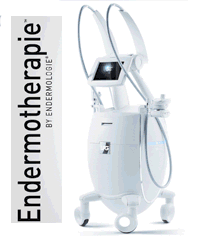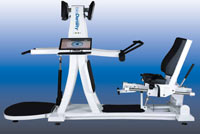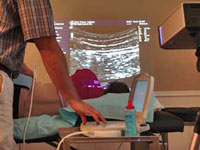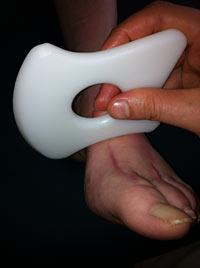Core Training Via Visual Biofeedback
Pain Solutions is not a "traditional" physical therapy clinic.
Our specialty is persistent pain. Dr. Knudsen is an expert at uncovering the hidden causes of your pain that others may have missed.
To conduct the Core 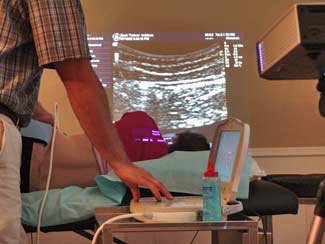 Biofeedback Evalution, we use rehabilitive ultrasound imaging (RUSI). In research from PhD physical therapists from around the world and by Dr. Knudsen in his own clinic, we have found that individuals with chronic pain develop faulty movement patterns and faulty muscle sequencing. This is likely due to the phenomena of mind-body disconnection and "tensing muscles" that the emotional brain uses as a pain sensitivity amplifier.
Biofeedback Evalution, we use rehabilitive ultrasound imaging (RUSI). In research from PhD physical therapists from around the world and by Dr. Knudsen in his own clinic, we have found that individuals with chronic pain develop faulty movement patterns and faulty muscle sequencing. This is likely due to the phenomena of mind-body disconnection and "tensing muscles" that the emotional brain uses as a pain sensitivity amplifier.
Over time, these muscle use and movement patterns become dysfunctional and eventually become a part of the pain picture. Patients with these dysfunctional movement patterns are usually either unaware that they are no longer using their muscles properly, or, perhaps pain is signaling that something is wrong, but they have no idea how to correct it.
When the body experiences injury or pain, a complex chain-reaction of events spontaneously occurs. This chain-reaction can involve muscle guarding resulting in dysfunctional movement patterns, abnormal stresses on joints, formation of trigger points and ultimately, over sensitization of nerves which carry the pain messages. This chain-reaction ends in progressive pain as more structures are involved to carry pain messages.
The gold standard for identifying faulty core muscle sequencing is Rehabilitative Ultrasound Imaging. Using palpation (where the physical therapist palpates the muscles) or anything else is trully just guessing... because the muscle layers are three-layers deep. RUSI can assist with identifying these problem muscle groups by seeing muscle activity as it occurs and measuring the thickness of tensing muscles.
Healthy muscles must be able to relax fully (lengthen) at rest, as well as to generate force (by shortening). This is visualized on the ultrasound image. Chronic tensing muscles -- a constant state of contraction -- results in pain secondary to ischemia (lack of blood flow similar to heart attack pain), nerve compression, stress at the joints, and tendon irritation (tendonosis).
Muscle inhibition may also result in pain, because the muscle is not capable of generating the forces necessary for stability during a specific movement or activity. Whether in constant contraction or weakness, the muscle will always cause amplification of your pain sensitivity. This can lead to trigger points, myofascial pain, and a progression of increasing regions of muscle pain. While rehabilitative ultrasound imaging allows us to "see" how muscles are functioning, it also provides visual feedback to the patient.
During the session, Dr. Knudsen will work with the patient to help identify what the dysfunctional pattern feels like, and identify the specific exercise to promote proper contraction for your core stability, so you can start using your muscles correctly. Through neuromuscular re-education with ultrasound biofeedback, we can easily halt the progression of symptoms and devise an appropriate exercise plan to return the muscles to "normal" activity and relaxation levels.
Call 801-310-0851 now
....to set an appointment with Dr. Knudsen.
![]()
![]()
![]()
![]()
Provo Physical Therapy Clinic



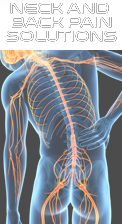
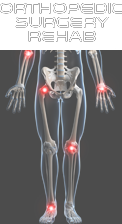
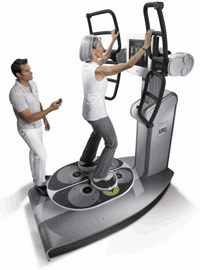
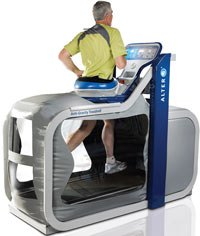 Alter G Anti-Gravity Treadmill
Alter G Anti-Gravity Treadmill